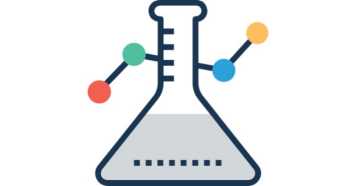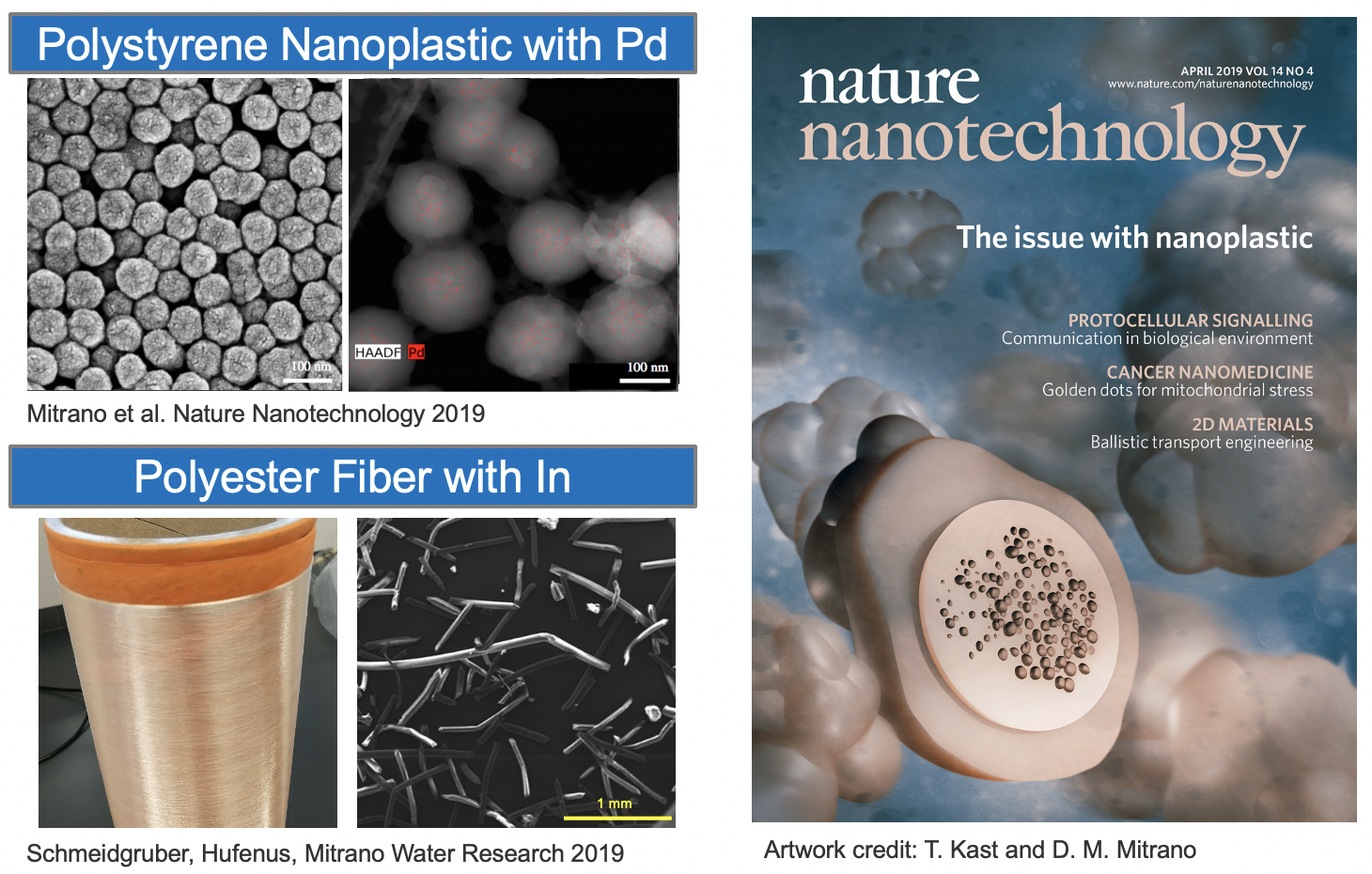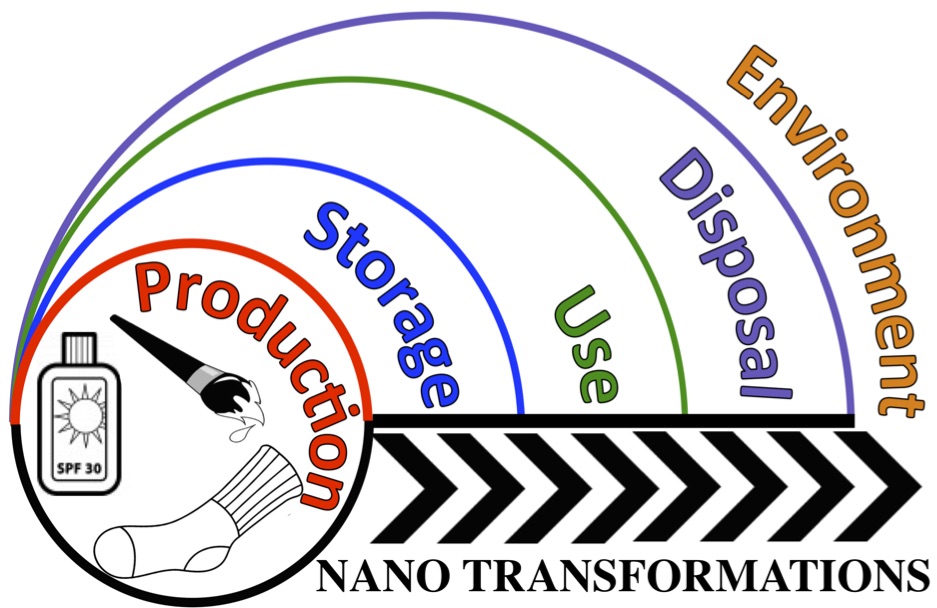Analytical Method Development and Nanometrology

Accurate and precise measuremnts make the foundation of any scientific work. One key aspect of developing analytical techniques I particularly enjoy and find rewarding is that the time and effort put into developing analytical tools can have an outsized impact when those working in a given exploit the approaches we develop to use in their own research. We work on various projects for nanometrology, particle analysis (inorganic and plastic nanoplarticles, microplastics) and trace metals in the environment.
Nanoplastics and Microplastics
Use metal-doped plastics have several key benefits when assessing particle fate, transport and bioaccumulation in laboratory settings, including increased speed and precision of analysis using standardized techniques for trace metals analysis (e.g. ICP-MS), improved possibilities to assess transport across barriers and ability to measure smaller sized particles in lower concentrations than with most currently available plastic detection methods. Imaging techniques which are normally reserved for metals analysis would also be possible for nanoplastics by using the metal tracer (e.g. TEM-EDX, uXRF, etc.) Furthermore, these materials can be used to assess the efficiency and suitability of sampling, extraction and concentration methodologies so that one can better validate if field sampling campaigns capture the wide variety of particulate plastics (nanoplastic particles, microplastic fibers and fragments) which exist. Environmental nanoplastics and microplastics have a wide distriubtion of size/shape/additives/morphologies which will not be able to be fully replicated due to the sheer number of variants, but our model particles represent a cross section of what particulate plastics exist in the environment

Select projects in this research line:
- Development of metal-doped external page nanoplastics, external page microplastic fibers, and microplastic fragments to more easily measure and quantify plastics in laboratory and pilot scale systems
- Plastic extraction and concentration techniques from external page aqeous and external page soil samples
- external page Extraction and external page enrichment of nanoplastics in water samples
- Use of nanometrology techniques (e.g. single particle ICP-MS, single cell ICP-MS) for metal-doped plastic in a variety of contexts
- Imaging of metal-doped plastics (e.g. uXRF, XFI) in bioloigcal tissues, such as external page plants and mice
Engineered and Natural Nanomaterials
The development of new products implementing engineered nanoparticles (ENPs) may prove to be a cost effective and sustainable alterna- tive to using traditional materials. In the context of assessing these potential risks, a life cycle approach (covering production, use, disposal and release to the envrioment of a chemical or product) can represent a holistic view on their impacts. We assess the use of nanomaterials both within products, how they transform over the product life cycle and once released into the environment, and how particles move through environmental and technical systems.
Additionally, biogeochemical cycling of elements can occur in a dissolved state, but many elements may also be bound to/be incorporated in natural nanoparticles (1-100nm) and fine colloids (100-450nm). Despite their important role in element binding, natural (nano)particles were often not specifically considered as a contributor to nutrient cycling in the past. Hence, identifying natural nanoparticles and colloids in water samples is necessary to better understand the cycling and transport of elements in catchments and to determine their biological availability. In particular, changes in land use can augment the availability or input of nutrients and pollutants, and nanomaterials and colloids may play a large role in transport of these materials over catchment scales. Advances in nanometrology in the last decade will allow us to further sub-divide and more accurately analyze what has always been called the operationally dissolved fraction in geochemistry.

Select projects in this research line:
- Development of external page single particle ICP-MS, single cell ICP-TOF-MS, Asymmetrical flow field flow fractionation (external page AF4), nanoparticle tracking analysis (external page NTA)
- Characterization and external page transformation of engineered nanomaterials iexternal page ncorportated into products over thier life cycle or in the external page environment
- Comparison of nanometrology tools
- Standard reference materials (including external page aging of engineered nanoparticles) and validation of nanometrology techniques
